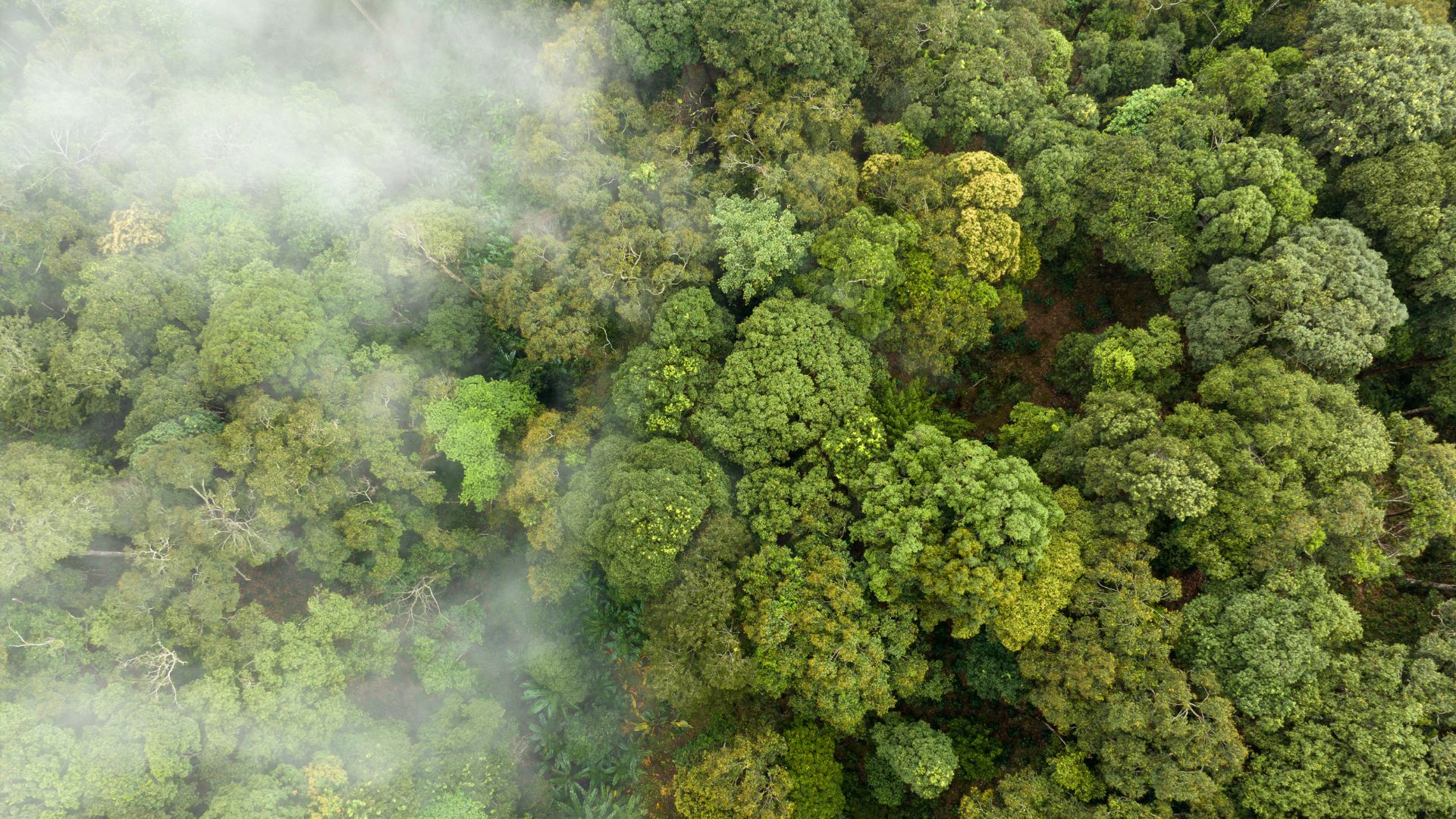Interesting Insects: Captivating Animals That Hide Their Skin
Learn about the amazing world of the ocean’s hidden gems, where nature’s creativity lives. One of the tiniest and most interesting animals is the adult camouflage isopod, which stands out for how well it can fit in with its surroundings. These amazing creatures, which are usually about 2 to 3 inches long, show what change is all about. Even though their size sounds small, how they look and how they stay alive are truly amazing. Even though they are very small, camouflage isopods have a presence that says a lot about how creative nature is. This makes them a wonder for both scientists and nature lovers.
What’s Unique About Camouflage Isopods?
Isopods that camouflage are crabs that live mostly in water. As their name suggests, their one special trait is that they can copy the colours and shapes of their surroundings. Their natural colour hides them from predators, whether they are hiding in cracks in rocks or sitting on the sand at the bottom of the ocean. This skill not only keeps them safe but also lets them hide while they look for food.
Due to their flat, segmented bodies, these isopods can fit into small areas, which helps them stay hidden even more. Their ability to survive in a variety of environments, from shallow beaches to deeper water, shows how tough they are.

How can you find them?
It is normal to find camouflaged isopods in both saltwater and freshwater. Most of the time, they live in places with lots of surfaces to stick to, like reefs, rock pools, and the bottoms of sunken logs. Because they can fit in with so many different environments, it’s fun for curious people to try to find them. You might have to be patient to find one, but seeing them in the wild is well worth the wait.
Why Are They Important?
Camouflage isopods are very important to aquatic communities, even though they look pretty cool. They scavenge for food by eating dead plants and animals, which helps keep their surroundings clean. By breaking down dead plants and animals, they help the health of their environment by cycling nutrients.
The adult pattern isopod is very small, but it shows a lot about how creative and artistic nature can be. These animals show us that even the smallest living things can have a big effect on the world around them. Watching camouflage isopods is like finding secret gems in the huge world of aquatic life. They are a real wonder that should be celebrated for being able to fit in while also being very important to the environment.



